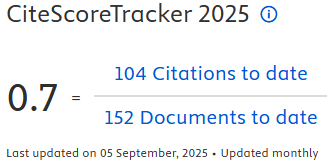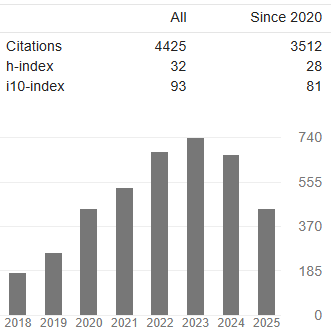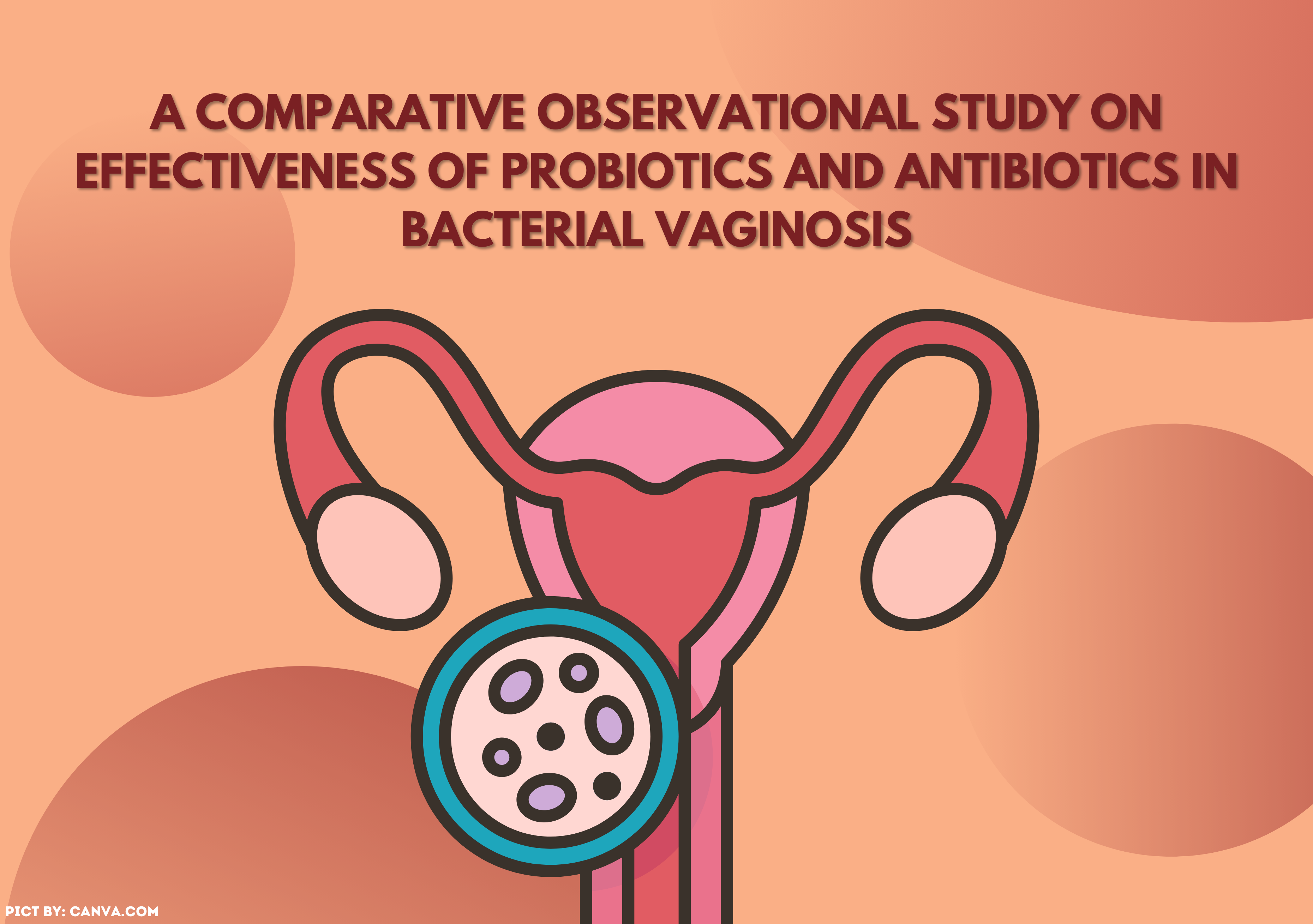ANALYSIS OF MANAGEMENT AND UTILIZATION OF CAPITATION FUND DENTISTS IN THE CITY OF PALEMBANG AND LUBUKLINGGAU
Downloads
Primary dentists at the era of the National Health Insurance are only paid IDR2,000 each patient. The Capitation funds can not cover the cost of services that must be spent. The payment system must be improved because it is related to the quality of service. The aims of this study to analyze the management and utilization of dental capitation funds including the bottlenecks and to generate solutions in the implementation of JKN. This research was descriptive with qualitative approach. The informants of the study were 16 (sixteen) dentists as an independent practitioners and pratama clinics in Palembang and Lubuklinggau with highest and lowest capitation coverage. Data were analyzed by data reduction, data presentation, conclusion drawing and verification. The result showed that there was a disparity in capitation fund income received by dentists both as an independent practitioners and pratama clinic. Not all dentists get the ideal number of participants 1: 10,000. Dentists with low capitation norms have difficulty to set their operational funds. The budget for operational cost is bigger than services cost. Revenues compared to capitation funds are still lacking. Most capitation funds for primary dentists are insufficient and still rely on fee for service patients. The government should set dental capitation norm and regulation for National Health Insurance era.
Key words: dentist, capitation, clinic, utilization, regulationBlomqvist, A dan Busby, C., 2012. How to Pay Family Doctors: Why "Pay per Patient” is Better Than Fee for Service. Toronto: C.D. Howe Institute.
Budiarto, W dan Kristiana, L., 2015. Pemanfaatan Dana Kapitasi Oleh Fasilitas Kesehatan Tingkat Pertama (FKTP) Dalam Penyelenggaraan JKN. Buletin Penelitian Sistem Kesehatan, 18(4), pp.437–445.
Dewanto, I dan Lestari, N., 2014. Panduan Pelaksanaan Pelayanan Kedokteran Gigi Dalam Sistem Jaminan Kesehatan Nasional. Jakarta: Pengurus Besar Persatuan Dokter Gigi Indonesia.
Endra, F., 2010. Paradigma Sehat. Saintika Medika.
Hasan, A.G. and Adisamito, W.B.B., 2017. Analisis Kebijakan Pemanfaatan Dana Kapitasi JKN Pada FKTP Puskesmas di Kabupaten Bogor Tahun 2016. Jurnal Kebijakan Kesehatan Indonesia, 6(3), pp.127–137. doi: https://doi.org/10.22146/jkki.v6i3.29658.
Hendrartini, J., 2007. Alternatif Mekanisme Pembayaran Provider dalam Asuransi Kesehatan.
Kazungu, JS., Barasa, EW., Obadha, M., Chuma, J., 2018. What characteristics of provider payment mechanisms influence health care providers behaviour? A literature review. Int J Health Plann Mgmt, 33, pp.e892–e905. doi: 10.1002/hpm.2565.
Ministry of Health., 2018. Riset Kesehatan Dasar; RISKESDAS. Jakarta: Balitbang Kemenkes RI.
Ministry of Health, 2014 Permenkes No. 28 tahun 2014 tentang Pedoman Pelaksanaan Program Jaminan Kesehatan nasional. Jakarta.
Petersen, PE dan Kwan, S., 2010. The 7th WHO Global Conference on Health Promotion - towards integration of oral health (Nairobi, Kenya 2009). Community Dental Health, (Supplemen(27), pp.129–136.
Thabrany, H., 2015. Jaminan Kesehatan Nasional. Jakarta: Grafindo.
Yosa, A dan Wahyuni, S., 2015. Faktor-Faktor Yang Berhubungan Dengan Kunjungan Pelayanan Gigi Di Puskesmas Way Laga Kota Bandar Lampung. Jurnal Analis Kesehatan, 4(2), pp.420–426. doi: http://dx.doi.org/10.26630/jak.v4i2.275
- The authors agree to transfer the transfer copyright of the article to The Indonesian Journal of Public Health effective if and when the paper is accepted for publication.
- Authors and other parties are bound to the Creative Commons Attribution-NonCommercial-ShareAlike 4.0 International License for the published articles, legal formal aspect of journal publication accessibility refers to Creative Commons Attribution-NonCommercial-ShareAlike 4.0 International License (CC BY-NC-SA), implies that:
- Attribution ” You must give appropriate credit, provide a link to the license, and indicate if changes were made. You may do so in any reasonable manner, but not in any way that suggests the licensor endorses you or your use.
- NonCommercial ” You may not use the material for commercial purposes.
- ShareAlike ” If you remix, transform, or build upon the material, you must distribute your contributions under the same license as the original.































